|
What are host plants? Host plants are the vital food source that caterpillars live on. Adult butterflies will seek out these plants to lay their eggs on because they know that the caterpillar cannot travel far and will not survive if placed on a plant that they cannot eat. The key to a successful butterfly garden is to plant both nectar and host plants so that the butterflies will have a food source in all stages of their life cycles. Nectar plants are simply plants that produce nectar as a reproductive strategy. Almost all flowering plants produce nectar and many host plants double as a nectar sources. Why plant native? The evolutionary relationship between butterflies and host plants is the main reason for planting native plants in your garden. As a defense mechanism, plants have evolved to produce chemical alkaloids, also known as secondary metabolites, in order to deter herbivory (wildlife feeding on plants). In response, each butterfly species has evolved to be resistant to the toxins of just a small number of plants so their caterpillars have something to feed on. Few native butterfly species use exotic or non-native plants as their hosts because they haven't created an evolutionary relationship with them. When we plant non-native glasses and exotic ornamentals such as Butterfly Bush (Buddleia davidii), we often remove the vital food sources for caterpillars and this leads to decreased populations. Ironically, butterfly bush does not serve as a host plant for any native species of caterpillars. To find out which plants are native to your area visit the Native Plants Database. Be prepared for your plants to be eaten. It is important to remember that the leaves of these plants will get eaten but that is the whole point! For this reason, it might be a good idea to plant them in less visible areas. Black Eyed Susan (Rudbeckia hirta)Aster spp.Host plant for: Pearl crescent, Painted Lady and more Coneflower (Echinacea spp.)Host Plant for: Silvery Checkerspot and more Hollyhock (Alcea spp.)Dill (Antheum graveolens)Host plant for: Black Swallowtail, Anise Swallowtail and more NOTE: The Black Swallowtail will feed on any plants within the Parsley family. Sunflower (Helianthus spp.)Milkweeds (Asclepias spp.)Host plant for: Monarch Mallow (Malva spp.)Violet (Viola spp.)Host plant for: Great Spangled Fritillary, Variegated Fritillary, Falcate Orangetip, Meadow Fritillary and more Tall Verbena (Verbena bonariensis)Host plant for: Common Buckeye, White Peacock and more SourcesBringing Nature Home: How You Can Sustain Wildlife with Native Plants by Douglas W. Tallamy, Publisher: Timber Press; Exp Upd edition (April 1, 2009)
Caterpillars of Eastern North America by David L. Wagner, Publisher: Princeton University Press; 1St Edition edition (August 14, 2005) Butterflies and Moths of North America https://www.butterfliesandmoths.org Native Plant Database https://www.wildflower.org/plants/ Penn State Extension Office https://extension.psu.edu/programs/master-gardener/counties/york/maescapes/maescapes-blog/butterfly-larval-host-plant-list
7 Comments
Lucy M.
6/16/2021 02:03:09 pm
This was really helpful! Thank you!
Reply
Sharon Baines
11/13/2021 09:59:25 am
Hello! I am looking for a source to purchase live host and nectar plants for butterflies of Southwest Florida. We have the following butterflies which frequent our garden: Monarch, Queen, Viceroy, Cloudlees Sulfur, Clouded Sulfur, Orange Barred Sulfur, Polydamas, Eastern Black Swallowtail, Giant Swallowtail, White Peacock, Black Skipper, Gulf Fritillary, Zebra Longwing. I raise Monarchs which need a constant source of milkweed.
Reply
Tony Spencer
1/8/2022 12:01:20 pm
Helpful article about larval host plants.
Reply
Sharon Baines
3/3/2022 03:59:51 pm
Hello!
Reply
1/27/2023 07:21:20 am
The evolutionary relationship between butterflies and host plants is an essential part of the butterfly life cycle, and the main reason for planting native plants in your garden. It is important to provide a habitat for butterflies, which is why planting native plants is the best option. Native plants have adapted to the local environment, and have developed a relationship with local butterflies. Native plants provide nectar and the host plants for caterpillars, which are essential to the butterfly life cycle.
Reply
4/6/2023 11:01:41 am
Those plants are wonderful. Thanks for sharing this!
Reply
Leave a Reply. |
AuthorRebecca Chandler Archives
March 2024
Categories |

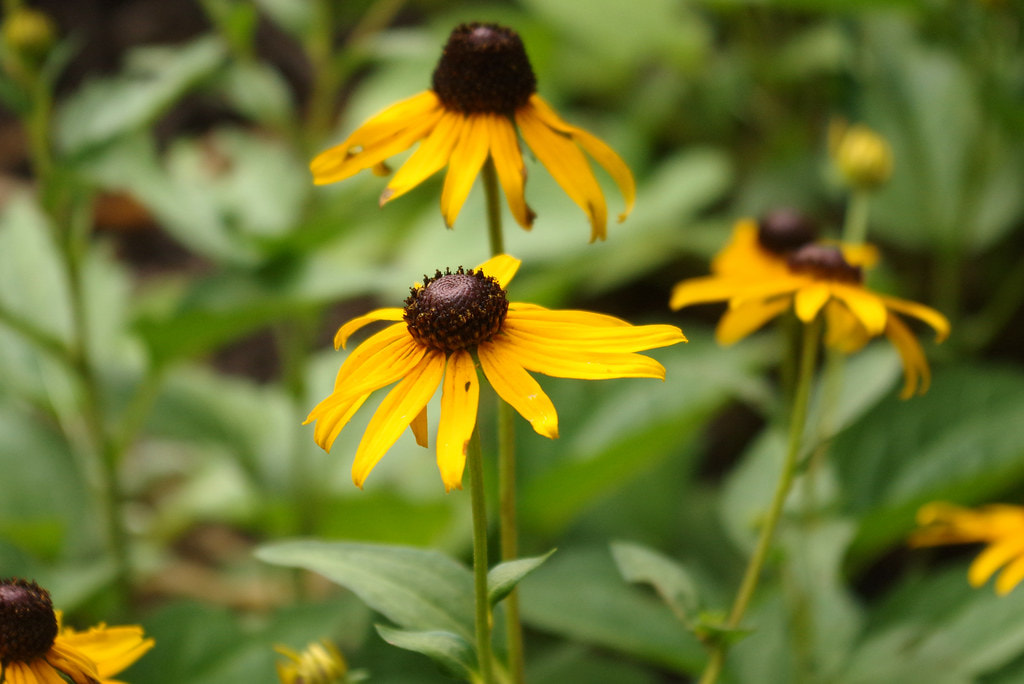
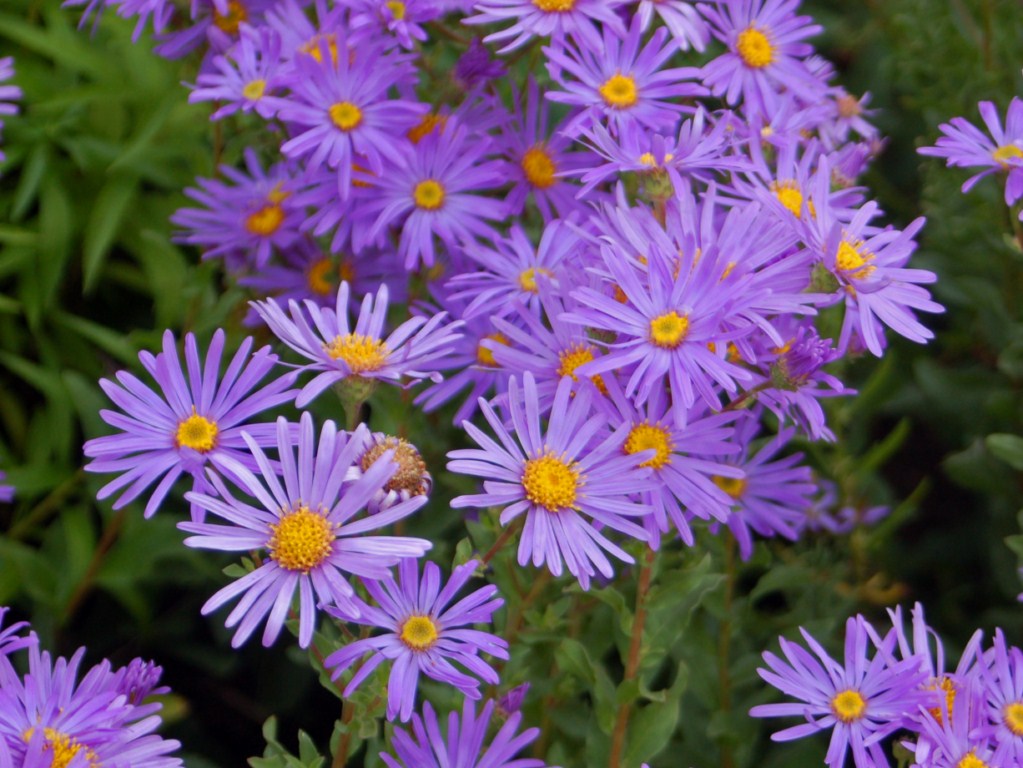

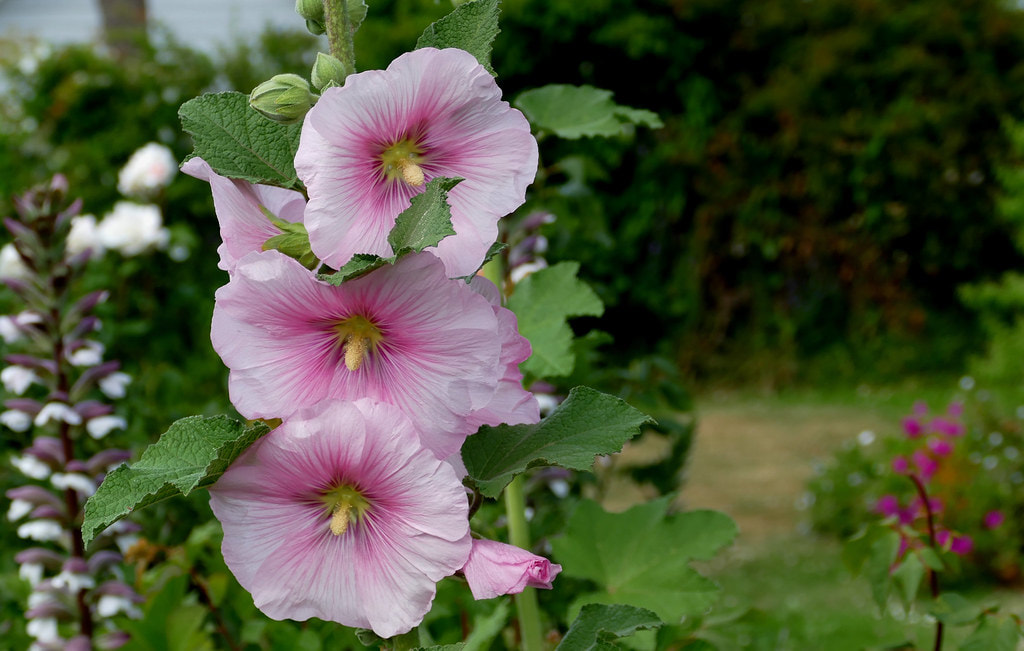
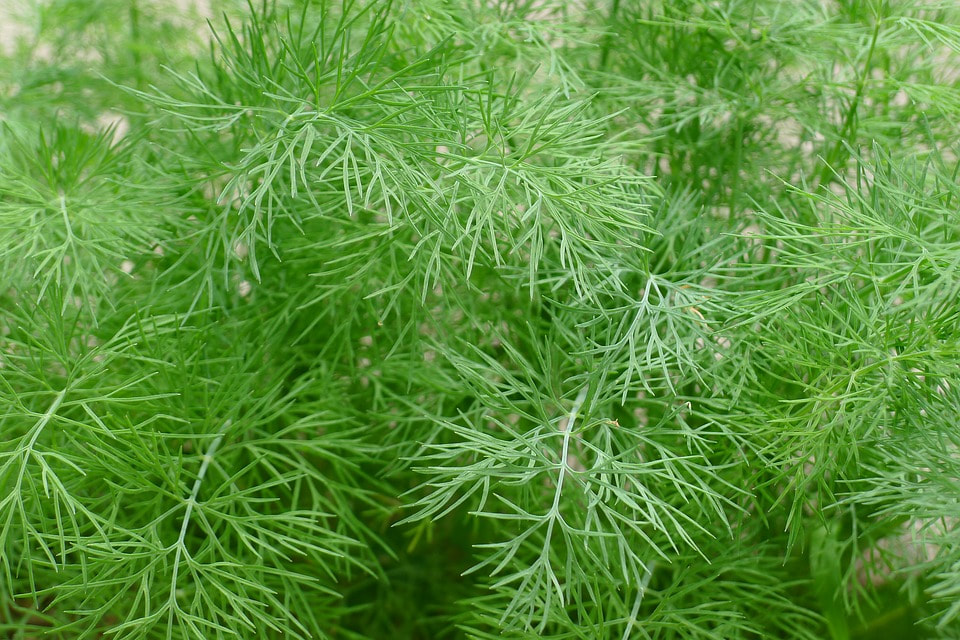


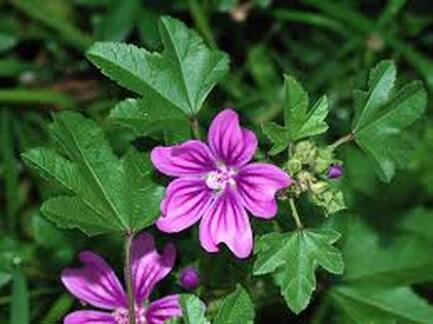



 RSS Feed
RSS Feed